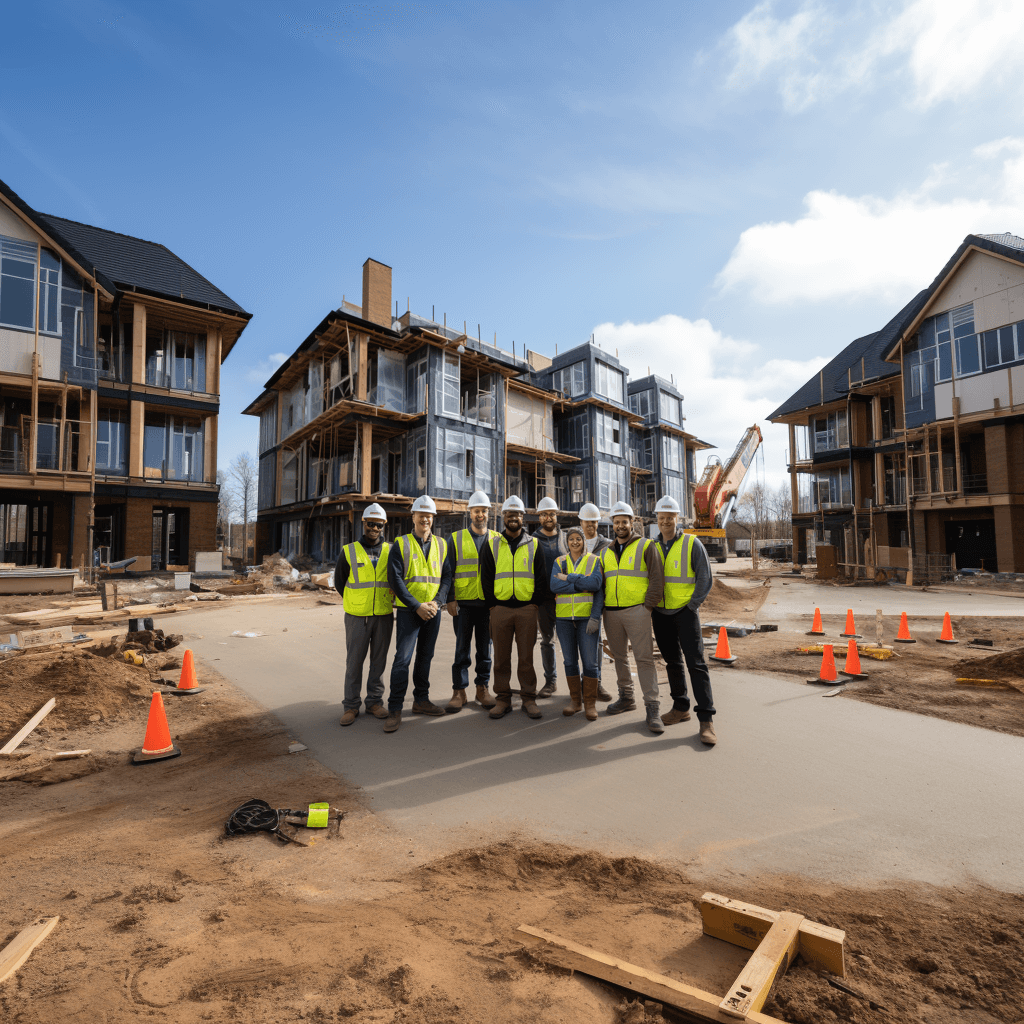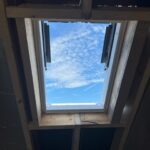
Loft Conversions and Extensions: Transforming Homes and Enhancing Spaces
In the realm of home improvement and expansion, loft conversions and extensions have emerged as popular option for homeowners seeking to maximise their living space, increase property value, and adapt to changing lifestyle needs. These innovative approaches to home transformation offer unique advantages, each catering to specific requirements and preferences. From converting underutilised attic spaces into functional rooms to extending the footprint of a home, these endeavours can breathe new life into houses, making them more adaptable and appealing.
Loft Conversions: Elevating Space Efficiency
A loft conversion involves the transformation of an underutilised attic or loft space into a habitable area, such as a bedroom, home office, gym, or recreational room. This type of home improvement has gained significant popularity due to its potential to unlock previously unused space and add value to the property without changing its external appearance. Loft conversions are especially suitable for homeowners who wish to expand their living area without encroaching on their outdoor space.
One of the key advantages of a loft conversion is its efficiency. By utilising an existing structure, the conversion process can often be completed with less disruption and cost compared to traditional home extensions. This makes loft conversions an attractive option for those seeking a cost-effective means of enlarging their living space. Additionally, the inherent charm of attic spaces, with their unique architectural features like sloped ceilings and exposed beams, can lend character and personality to the new room.
Extensions: Expanding Horizons
Extensions, on the other hand, involve physically extending the footprint of a home by adding new rooms or enlarging existing ones. They offer homeowners the opportunity to create custom spaces tailored to their needs, whether that’s a larger kitchen, a sunroom, a guest bedroom, or even a home cinema. Home extensions can be built outwards, upwards, or even downwards (basement conversions), depending on the available space and planning regulations.
The flexibility of home extensions makes them suitable for a wide range of purposes. Families looking to accommodate a growing number of members can benefit from additional bedrooms and bathrooms. Individuals with a passion for entertaining can create spacious living and dining areas that can host gatherings with ease. Moreover, extensions can be designed to seamlessly integrate with the existing architecture, ensuring a cohesive look that complements the original structure.
Considerations and Benefits
Both loft conversions and extensions come with their own set of considerations and benefits. Before embarking on either project, homeowners should consider factors such as budget, planning permissions, building regulations, and the potential impact on the property’s overall aesthetics. Consulting with architects, builders, and relevant authorities can provide invaluable guidance throughout the planning and execution phases.
From a financial perspective, both loft conversions and extensions have the potential to significantly increase the value of a property. The additional space created through these projects can make a home more attractive to potential buyers or tenants, enhancing its marketability.
In conclusion, loft conversions and extensions offer homeowners the chance to transform their living spaces in ways that align with their lifestyle needs and preferences. Whether it’s converting an underutilised attic into a cosy retreat or extending a home to accommodate a growing family, these projects can breathe new life into properties while also adding significant value. With careful planning, consideration of regulations, and the assistance of professionals, homeowners can embark on a journey of home improvement that not only enhances their living experience but also makes a lasting impact on the property market.

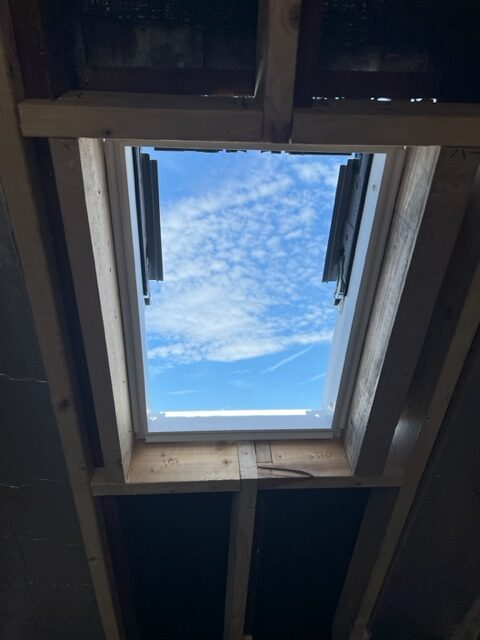
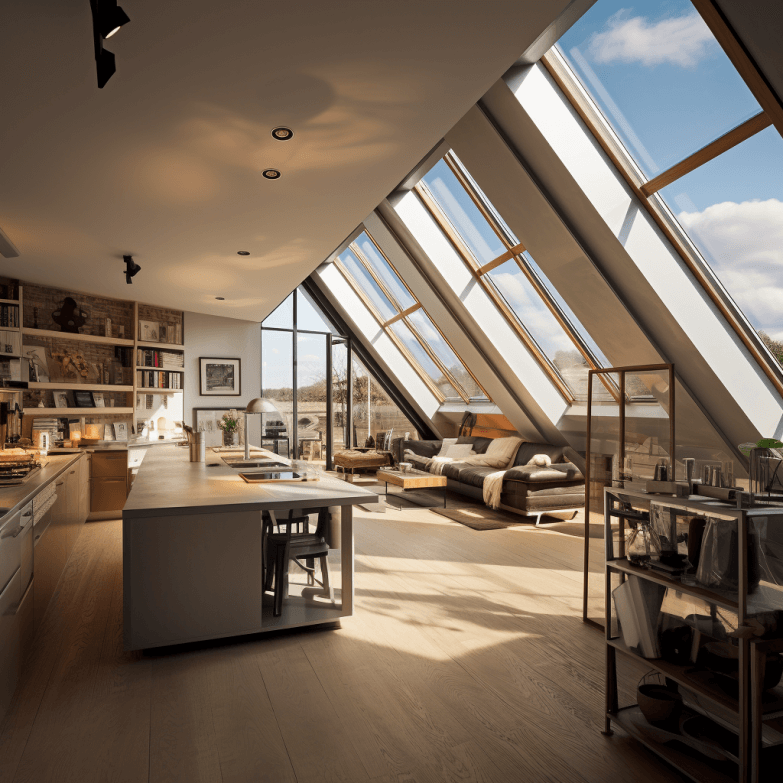
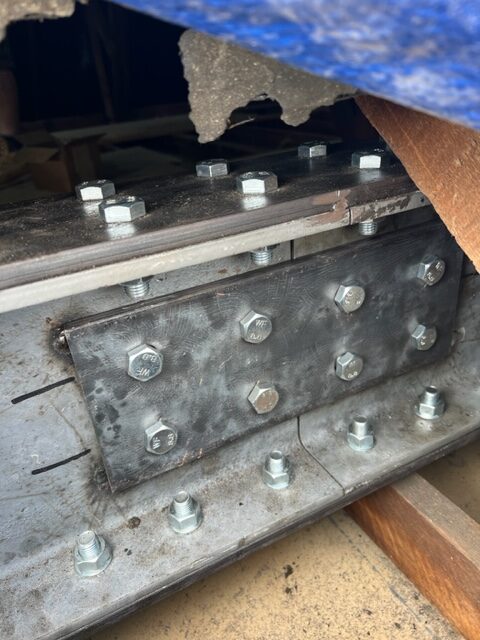
 For more information or to submit an enquiry please fill out our Contact Form
For more information or to submit an enquiry please fill out our Contact Form 